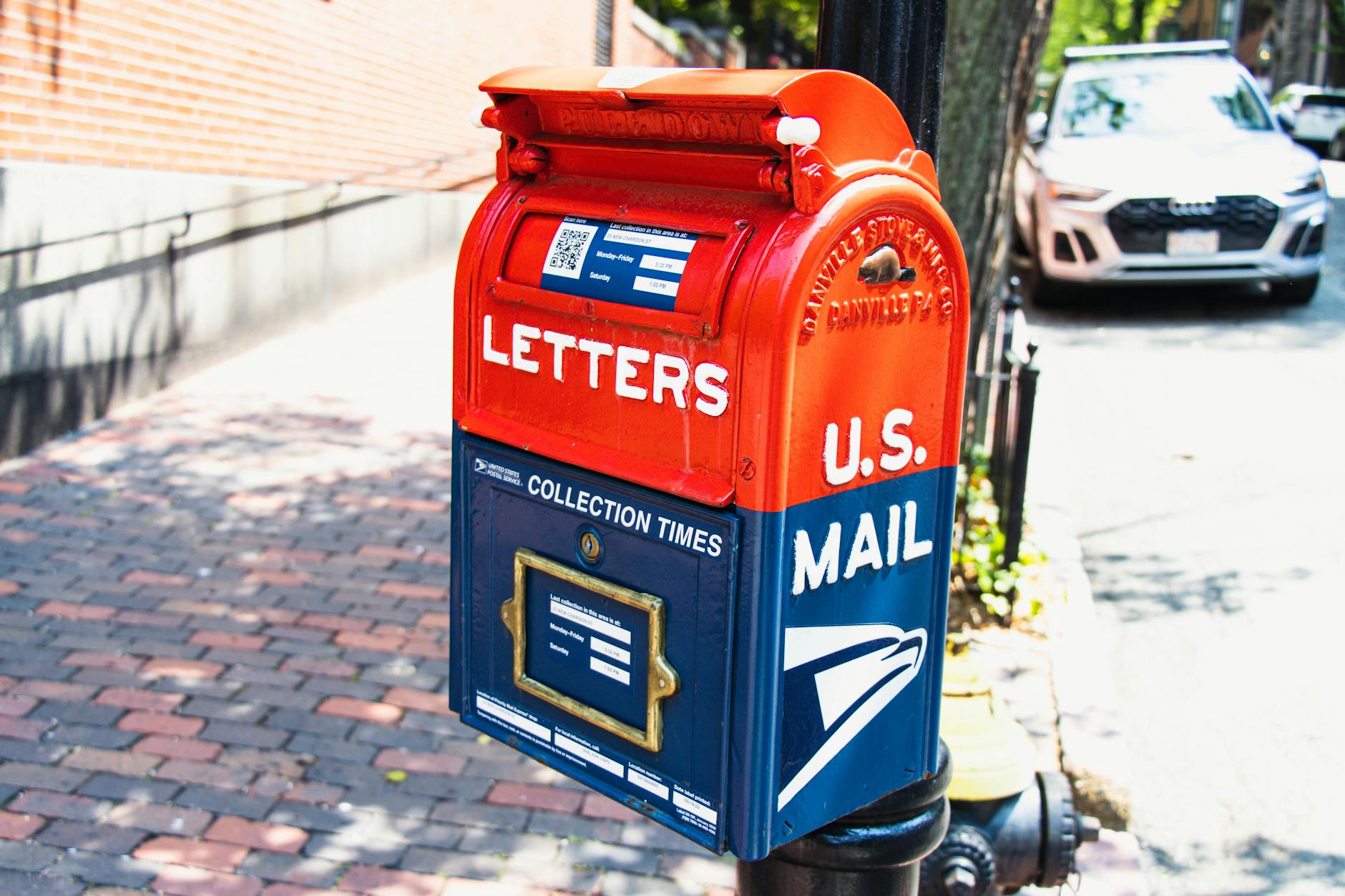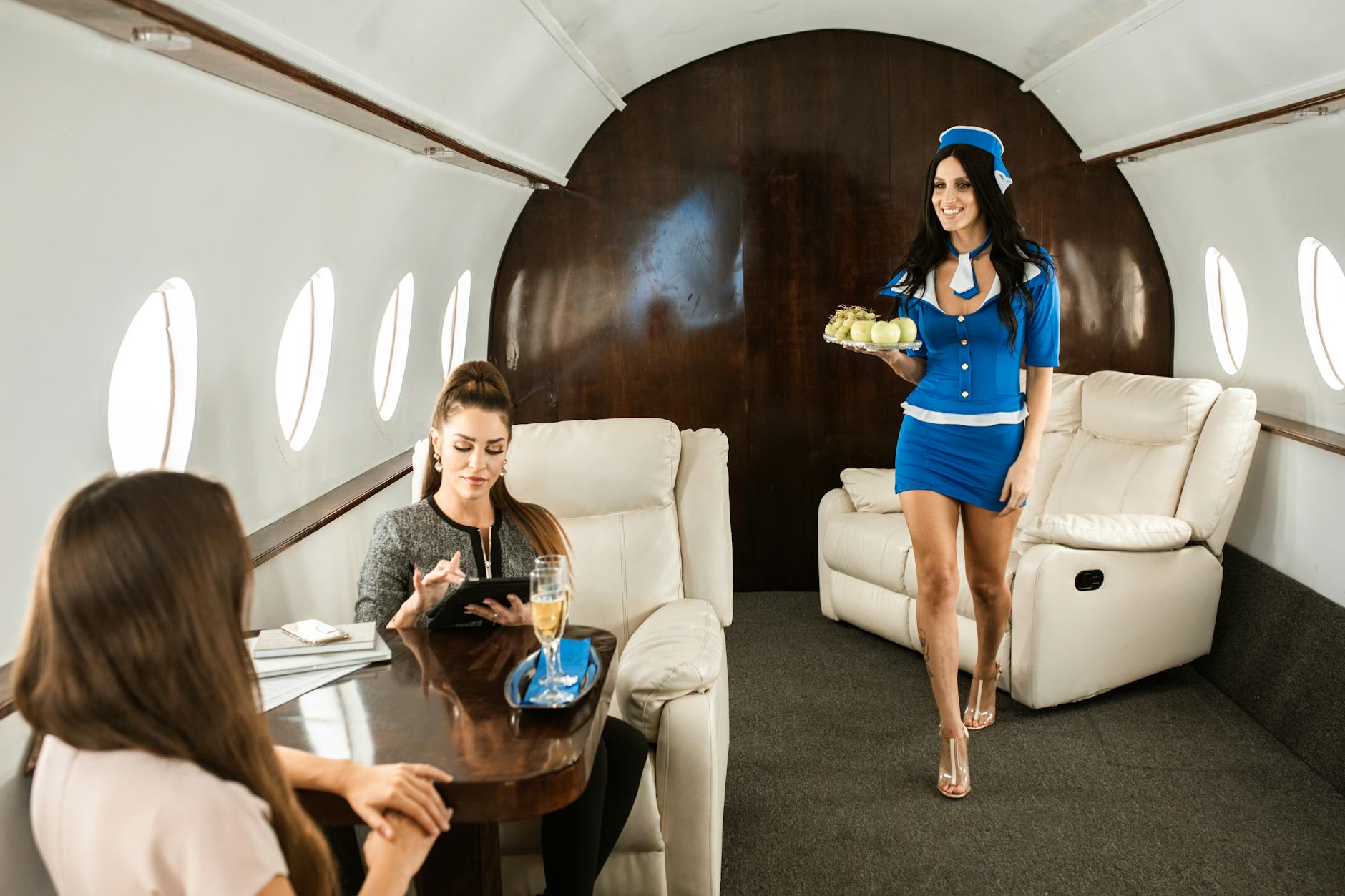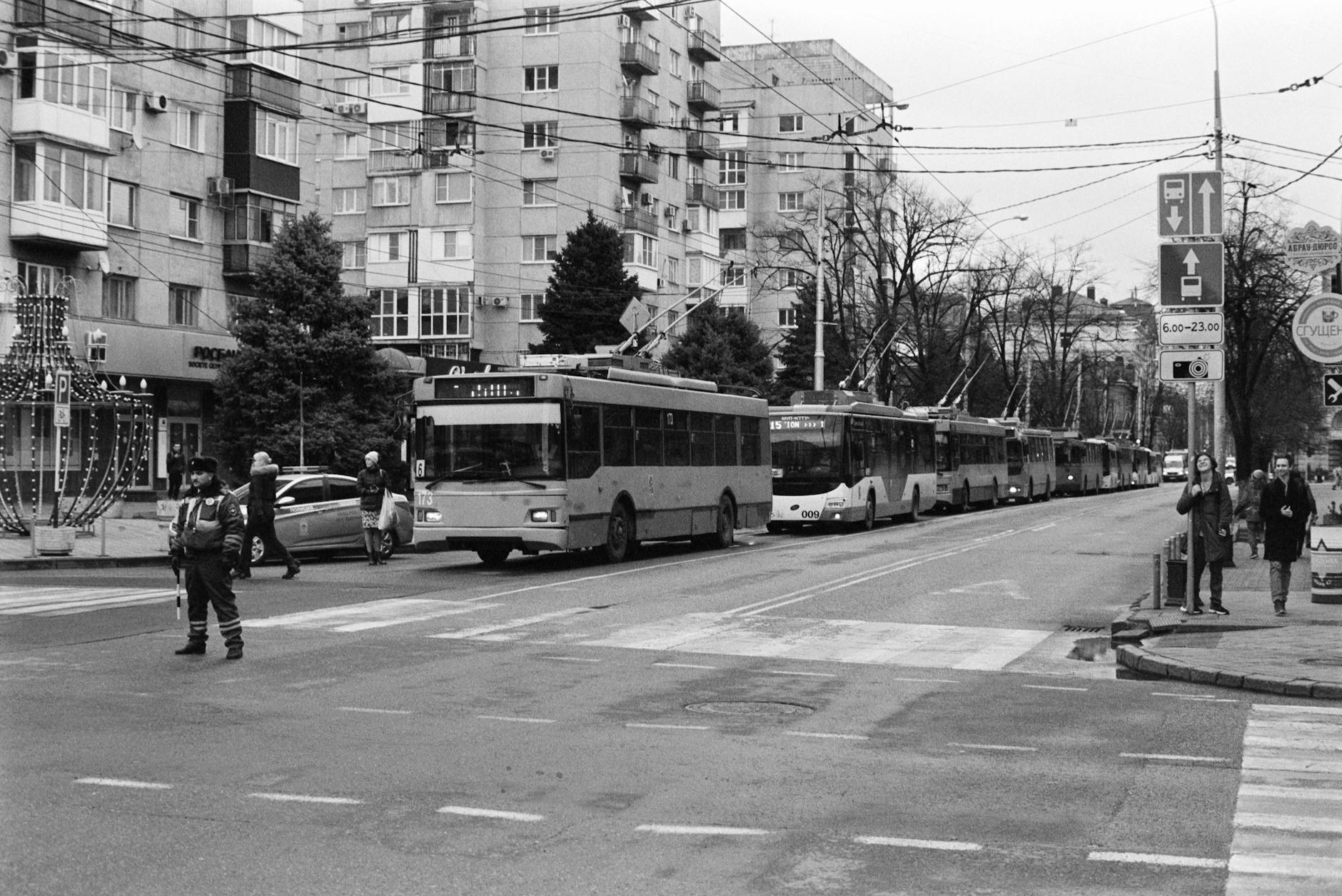Why Australia is Pioneering Innovative Solutions in Logistics

Australia's Unique Logistics Landscape
Geographic Challenges
Australia's vast and diverse geography presents distinct challenges for logistics professionals. The sheer size of the country means that supply chain operations must account for a range of environmental factors, from arid deserts to lush coastlines. Such diversity necessitates innovative approaches in pick packing and order fulfilment, ensuring that products reach consumers efficiently regardless of distance. As we navigate the logistics landscape near Port Melbourne, we see how this area serves as both a challenge and an opportunity, providing a crucial hub for the entire country.
Infrastructure Development
The development of infrastructure plays a pivotal role in the logistics industry. As Australia continues to grow and urbanise, the demand for advanced infrastructure becomes more pressing. Areas like Laverton North, a key warehousing district, exemplify how infrastructure and technology can converge to facilitate efficient supply chain processes. The rise of 3pl logistics solutions within these hubs highlights Australia's commitment to enhancing operational efficiency and meeting international standards.
Regulatory Environment
Australia's regulatory framework is another crucial aspect to consider. Compliance with national and international regulations ensures smooth operations within the logistics sector. These regulations are designed to maintain safety, sustainability, and efficiency throughout the supply chain. By adhering to these guidelines, logistics companies can optimise their operations, thus providing better service to their clients and fostering industry growth.
In this section, understanding how geographic, infrastructural, and regulatory factors interplay provides insights into Australia's logistics dynamics. It allows industry professionals to strategise and innovate effectively in a continually evolving market.
Technological Advancements
Autonomous Vehicles
Autonomous vehicles are becoming a transformative factor in our logistics landscape. Offering enhanced efficiency in transporting goods, these vehicles minimize human error and reduce labour costs—key benefits for supply chain commitments. Moreover, autonomous technology can boost safety on roads, especially along the heavily trafficked routes stretching from the vibrant tech scenes in Fitzroy to logistics hubs like Port Melbourne.
Smart Warehousing
Smart warehousing, leveraging advances in automation and artificial intelligence, is reshaping how we manage inventory. These systems streamline operations by optimising picking and sorting processes, which can be particularly beneficial in bustling warehousing districts such as Laverton North. Through the use of intelligent systems, businesses can improve their warehouse management with real-time data, enhancing inventory accuracy and reducing errors.
Blockchain Applications
Blockchain has emerged as a revolutionary tool in logistics, providing transparency and security in transactions. Its potential extends far beyond cryptocurrencies; it offers traceability and authenticity for product orders. By recording every transaction step, blockchain technology aligns closely with the needs of a 3PL provider looking to ensure reliable fulfillment. As logistics professionals continue to explore innovative solutions, blockchain's applications in logistics and warehousing sydney will unfold progressively, empowering businesses to maintain robust supply chain integrity.
Sustainable Practices
Renewable Energy Integration
As the logistics industry continues to grow, the integration of renewable energy into operations becomes essential. Incorporating solar panels and wind energy into warehouse facilities, such as those in Laverton North, is not only environmentally responsible but also economically advantageous. This step reduces carbon footprints and curtails energy expenditure, which is crucial for companies aiming to adopt sustainable practices.
Eco-Friendly Packaging
Addressing the environmental impact of packaging is an innovative step towards sustainability. Implementing eco-friendly packaging solutions, like biodegradable materials or reusable containers, can significantly decrease waste. This aligns with green initiatives that not only benefit the environment but also meet the increasing consumer demand for sustainable products. Embracing these practices can enhance brand reputation while fulfilling social responsibility.
Circular Supply Chains
The concept of circular supply chains is becoming increasingly relevant. By rethinking traditional supply chain models, businesses in Melbourne and beyond can minimise waste and create a loop where materials are continuously reused. This requires integrating practices such as recycling and refurbishing into the supply chain cycle. Moreover, collaborating with third party logistics providers can facilitate this transition by offering tailored solutions that support sustainability goals.
Integrating sustainable practices into logistics isn't just a trend; it's a necessity for future readiness. With pick and pack operations becoming more efficient, the move towards eco-conscious practices is now more feasible than ever. By focusing on renewable energy, eco-friendly packaging, and circular supply chains, businesses can align with global sustainability standards while driving operational efficiency.
Collaborative Industry Efforts
In the realm of ecommerce logistics, productive collaborations are shaping the future of supply chains. One notable area is public-private partnerships, where governments and private companies synergise to boost efficiency. These alliances foster innovation by pooling resources and expertise, and they're pivotal in crafting solutions that address industry-specific challenges. A noteworthy example is the development of Melbourne's logistics hubs, where such collaborations are evident in integrated planning and resource management.
Academic and industry alliances are another driving force. Universities collaborate with businesses to apply cutting-edge research in the practical world, creating a fertile ground for innovations like smart warehousing. These partnerships allow for dynamic exchanges, where the latest academic insights are tested within real-world environments. This relationship is seen in the connections fostered between logistics companies and academic institutions, particularly in areas near Laverton North, home to a concentration of logistics and warehouse operations.
Additionally, cross-industry collaborations push the boundaries of logistics beyond traditional confines by integrating technologies from adjacent fields. For example, partnerships between tech companies and logistics providers have led to advancements in autonomous vehicles used within 3PL facilities, like those found in Sydney's efficient 3PL warehouse sydney systems. These collaborations unlock new efficiencies and capabilities that conventional logistics approaches might not achieve alone.
By embracing these collaborative efforts, the ecommerce logistics sector is equipped not only to adapt but to thrive in an evolving marketplace, creating a blueprint for sustained progress.
Common Challenges
Embracing New Technologies
In the ever-evolving realm of logistics, integrating new technologies like AI-driven analytics and automated systems remains a pressing challenge. Here in Port Melbourne, embracing technological advancement is crucial for optimizing third-party logistics operations. While these technologies promise increased efficiency, the transition requires a strategic blend of investment, training, and time. Our logistics hubs near this bustling port are beginning to lay the groundwork, investing in cutting-edge platforms and fostering a new era of digital literacy among teams.
Balancing Innovation with Tradition
Balancing the spirit of innovation with traditional practices is a tightrope often walked by logistics and ecommerce companies, particularly in the historic district of Laverton North. While traditional methods have laid a solid foundation, the integration of smart lockers and automated warehousing demands a conscientious approach. It’s about blending tried-and-true methodologies with the exciting possibilities new technology offers. This balance not only encourages growth but also supports smooth operations, empowering promising ecommerce ventures.
Overcoming Infrastructure Barriers
Infrastructure remains a critical focal point, often acting as a bottleneck for progress. Urban areas in Fitzroy, known for their vibrant tech meetups, are increasingly sharing insights on tackling these challenges. From ensuring robust transportation networks to addressing warehousing limitations, logistical professionals are collaborating across sectors to forge pathways that support scalability. Through shared insights and strategic partnerships, Australia’s logistics landscape can continue to thrive, powered by innovation and collaborative spirit.


